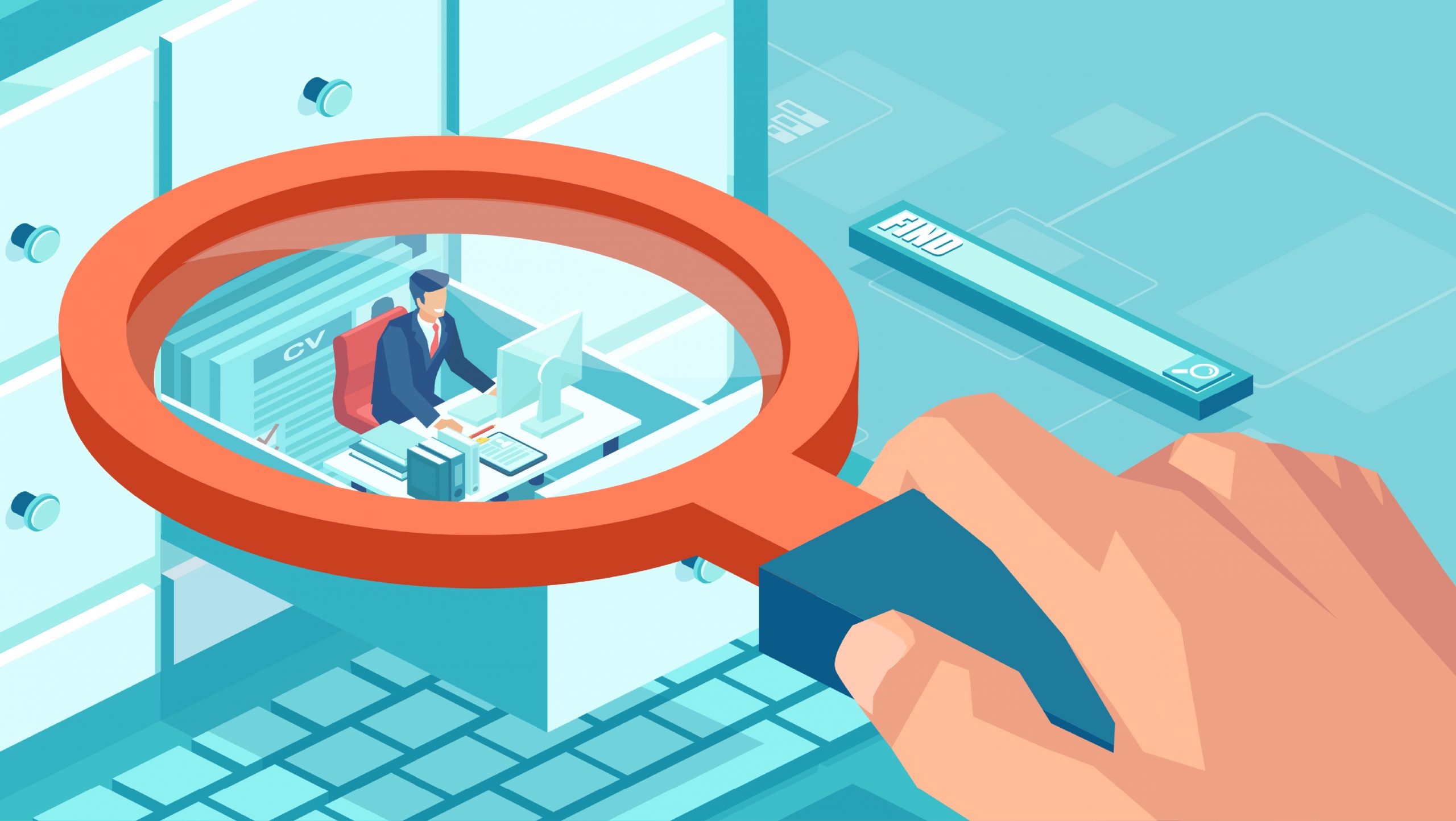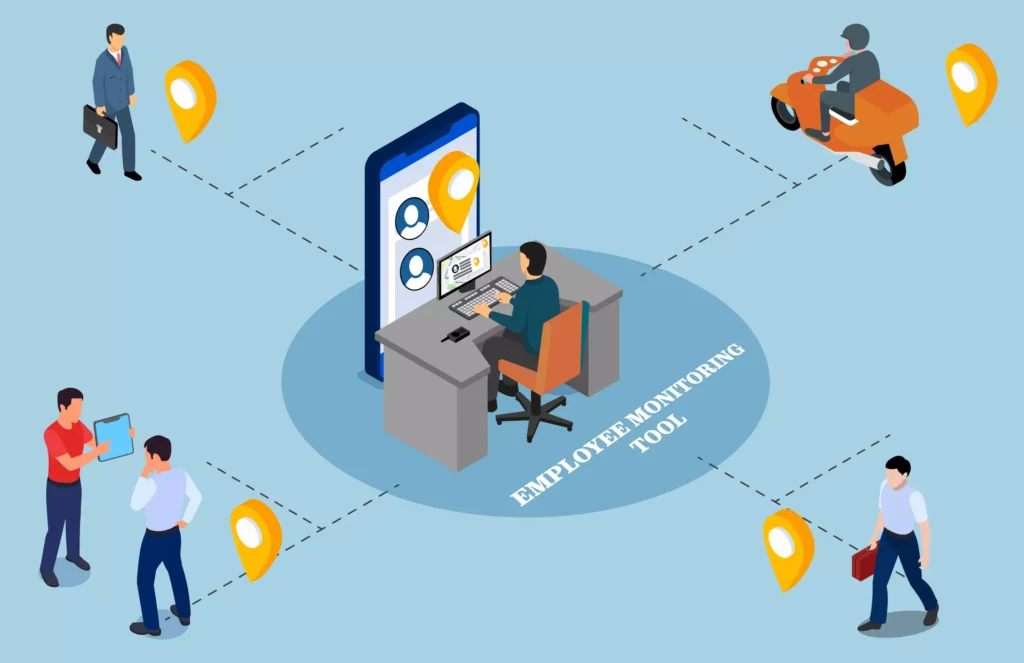
If you’re debating whether to implement employee monitoring tools in your workplace or not, we’re here to tell you why it’s such a good idea. These types of tools can help you grow your business in many ways, but mostly by increasing employee productivity. So, yes, employee-monitoring systems can benefit you in many different ways, and in this article, we’ll try to go over them all. Of course, it’s only your decision to make, but it’s still important to consider the potential benefits before dismissing this option completely. So, without further ado, let’s get to the bottom of it!
Table of Contents
1. Prevents your employees from wasting time

img source: lorirtaylor.com
It’s almost impossible for your employees to work without taking occasional breaks during their 8hr shifts. Still, there’s a difference between taking an occasional five-minute break from your workload and wasting entire working hours for no reason. While you can’t expect your employees to work like machines, getting an employee monitoring software like Monitask can help you motivate them to work a bit harder. Let’s be realistic, even the most hardworking people will start slacking off once their boss leaves the room. When your employees know they’re being monitored, they’re more likely to resist the temptation to slack off. So, monitoring tools can help you motivate your employees, thus increasing productivity in the office.
2. It can save you money

img source: optimole.com
Implementing an employee monitoring system can prove to be a cost-saving strategy for businesses, particularly for small enterprises. During the growth phase of a company, financial resources are crucial for further development, making it essential to maximize every penny. Wasted working hours can be a significant drain on a company’s budget, impacting productivity and profitability. By deploying the right employee monitoring software, businesses can mitigate these losses and optimize their operations.
The employee monitoring system allows companies to track and analyze how their employees utilize their time at work. It helps identify time-wasting activities, such as excessive personal internet usage, unproductive breaks, or non-work-related tasks, which can lead to decreased overall output.
Identifying these inefficiencies enables businesses to take corrective measures and implement strategies to improve productivity. By curbing time wastage, employees can focus on their core responsibilities, leading to better performance and higher output. As a result, businesses can achieve more with the same workforce and resources, effectively saving money in the long run. However, not all employee monitoring systems are created equal. It is crucial for businesses to conduct thorough research to find the software that best fits their specific needs and goals. Every business has unique requirements, and what works for one company may not be suitable for another. Customizing the monitoring system to align with the business’s objectives ensures that it addresses the specific challenges and inefficiencies faced by that particular organization.
3. Security of your company

img source: snowdropsolution.com
Keeping your business secrets inside of your company can be a daunting task. Even small businesses are a frequent target of malicious hacking attacks. What’s even more worrying is the fact that a high percentage of data breaches happens on the inside! Of course, this is only a statistic; we don’t mean to accuse anyone of anything. In fact, we believe most of these happen by accident. Still, as a business owner, you have to be aware of any potential risks for an internal data breach. This is best done by tracking your employees’ work-related activity. So, yes, a good tracking system can help you keep your precious data inside the company.
4. Security of your employees

img source: zbrella.com
Employee monitoring has proven to be a valuable tool in addressing sexual harassment claims within companies. This pervasive issue often remains unreported, as victims may fear retaliation or doubt their complaints will be taken seriously, particularly when the harasser holds a position of power.
With the aid of employee monitoring systems, incidents of sexual harassment can be identified and addressed more effectively. E-mail tracking, for instance, has played a significant role in providing evidence for victims’ claims. By monitoring electronic communications, inappropriate messages or interactions can be detected, helping victims validate their experiences and facilitating the investigation process.
By creating a safer work environment, where harassment is less likely to go unnoticed or unpunished, employee monitoring tools contribute to fostering a culture of respect and accountability. This benefits not only the victims but also the entire workforce, ensuring a workplace where everyone feels secure and valued.
Beyond addressing sexual harassment, employee monitoring tools can offer various safety benefits. They can identify potential risks, improve compliance with safety protocols, and help prevent accidents and incidents that could harm employees.
5. Dealing with remote workers becomes easy

img source: forbes.com
As the global pandemic rages on, many of your employees are probably working from home (at least partially). Other than that, you might have some freelancers on your payroll too. Whatever the case, we all know that people working from home tend to procrastinate more and they get distracted more easily. This is especially true for people who only started to adapt to remote work, as it can be quite difficult to manage. So, that’s where the employee monitoring system comes into action. It helps your employees focus on their work, and it allows you to keep track of their productivity. If you have a lot of remote employees at your company, getting monitoring software is of the utmost importance! It’s the only way to keep track of their work and ensure they’re doing the job properly.
6. Quality control

img source: softactivity.com
Quality control is a crucial aspect of any business, especially when it comes to customer-facing interactions. Ensuring that employees deal with customers in a pleasant and professional manner is essential for maintaining a positive brand image and customer satisfaction. However, in reality, not all employees may possess the necessary skills to handle difficult customers effectively.
Implementing an employee monitoring system can be an effective solution to oversee communications between employees and clients. This software allows businesses to review interactions, identify areas for improvement, and provide targeted training where needed. By closely monitoring customer interactions, companies can ensure that their employees consistently deliver a high level of service and uphold the company’s values and standards.
Moreover, employee monitoring systems offer real-time access to important data, enabling managers to track individual progress and productivity. This data can be utilized to assess employee performance, identify top performers, and address any performance issues promptly. By having a better understanding of each employee’s strengths and weaknesses, businesses can optimize internal collaboration and enhance overall efficiency.
Efficiency is not just about individual performance but also involves streamlining processes and reducing time wastage. The insights gained from employee tracking software can help identify bottlenecks and areas where time is being wasted, allowing organizations to make informed decisions to improve workflow and productivity.
7. Legal and Ethical Considerations
Implementing employee monitoring tools requires a delicate balance between enhancing productivity and respecting employees’ privacy rights. Companies must navigate various legal frameworks that govern surveillance and data collection in the workplace. Ethical considerations also play a crucial role; transparency and fairness should guide the deployment of monitoring tools. Businesses need to ensure that their monitoring practices are in compliance with local and international laws, such as GDPR in Europe, which sets strict guidelines for data privacy. Establishing clear policies that outline the scope and purpose of monitoring can help mitigate legal risks and uphold ethical standards, fostering a culture of trust and respect within the organization.
8. Impact on Employee Morale and Trust
The introduction of monitoring tools can significantly impact employee morale and trust within an organization. While the primary aim is to boost productivity, employees may perceive these tools as an invasion of privacy or a sign of mistrust from management. To mitigate these potential negative effects, it’s crucial for businesses to maintain open communication with their workforce, explaining the benefits and necessity of monitoring for both the organization and its employees. Encouraging feedback and involving employees in the decision-making process can also help in aligning monitoring practices with the workforce’s expectations and values, thereby maintaining a positive work environment and strong employee-employer trust.
9. Data Privacy and Protection Measures
In the era of increasing data breaches and stringent data protection laws, ensuring the privacy and security of the data collected through monitoring tools is paramount. Businesses must implement robust data protection measures to safeguard sensitive employee information from unauthorized access, misuse, or breaches. This involves encrypting data, securing storage solutions, and limiting access to authorized personnel only. Regular audits and compliance checks can further reinforce data security practices. Additionally, clear policies should be communicated to employees regarding what data is collected, how it is used, and how it is protected, to maintain transparency and trust.
10. Customization and Scalability of Tools
The diverse nature of businesses necessitates monitoring solutions that can be tailored to specific organizational needs and can grow with the company. Customizable and scalable monitoring tools allow businesses to focus on key metrics relevant to their operations, enhancing efficiency and effectiveness. As a company expands, its monitoring needs may evolve, requiring more sophisticated features or integrations. Choosing tools that offer customization options and can scale in terms of users, data volume, and functionality ensures that businesses can continue to benefit from monitoring without the need for frequent system overhauls, thereby optimizing long-term investment in these technologies.
11. Integration with Other Business Systems

Source: lystloc.com
Maximizing the value of employee monitoring tools often involves integrating them with other business systems such as HR management, project management, and customer relationship management (CRM) software. This integration allows for a holistic view of employee performance, productivity, and behavior, linking it with business outcomes and objectives. Seamless integration facilitates the flow of data between systems, enabling more informed decision-making and efficient processes. It also helps in identifying patterns, trends, and areas for improvement across different aspects of the business, enhancing overall operational efficiency and effectiveness. Businesses should prioritize monitoring solutions that offer easy integration capabilities with existing systems to leverage the full potential of their digital infrastructure.
Final Thoughts
Employee tracking tools can indeed be extremely beneficial to your business, offering insights that can lead to increased productivity, improved security, and better employee well-being. However, it is crucial to approach the introduction of these tools with care and transparency to foster a positive work environment. If you want to learn more about employee monitoring tools click here.
When discussing the implementation of monitoring software with your employees, emphasize how it can benefit them as well. Explain that the data collected will be used to identify areas of improvement, streamline workflows, and ensure fair evaluations. This, in turn, can lead to more efficient work processes, reduced stress, and better recognition of individual efforts.
Assure your employees that their privacy will be protected at all costs. Clearly communicate the specific data that will be monitored and how it will be used. Establish strict access controls, ensuring that only trained staff, who are well-educated in data protection, have access to the monitoring software. Reiterate that the data will be used solely for business-related purposes and not for invasive surveillance.
Engage in open discussions with your employees to address any concerns they might have regarding the employee monitoring system. Listen to their feedback, answer their questions, and incorporate their input into the monitoring policies when possible. Gaining their awareness and consent is essential for fostering trust and ensuring a positive implementation experience. By involving your employees in the decision-making process and valuing their perspectives, you demonstrate a commitment to creating a fair and supportive work environment, where the employee monitoring system serves as a tool to enhance productivity and protect data security while respecting individual privacy.
Remember, employee monitoring should never be used as a means of micromanaging or invading privacy. Instead, it should be viewed as a tool to support employees, improve work conditions, and enhance overall business performance.







